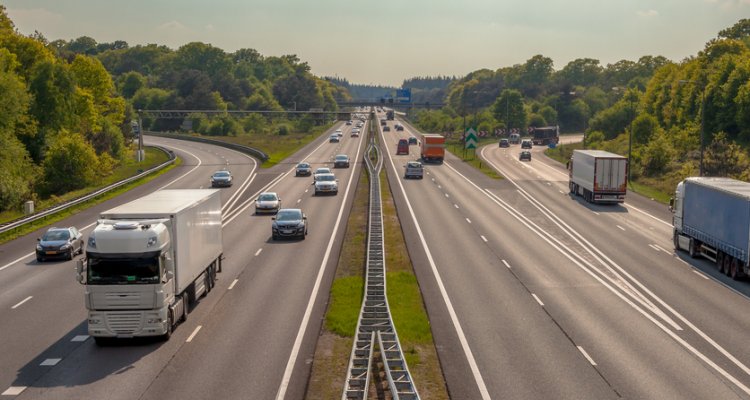
Impact story
Roadside forests
The department of Public Works and Water Management (Rijkswaterstaat) intends to contribute to the climate goals by planting trees along highways and around gas stations. Wageningen University & Research conducts a pilot to investigate what strategy works best.
Carbon sequestration
The government aims to sequester 1.5 million tonnes of CO2 in wood and forests by 2030. Rijkswaterstaat wishes to plant an additional one hundred thousand acres of forests along highways and around gas stations in the coming two decades. This would add over 25% to the existing 365.000 hectares of forest in the Netherlands. Rijkswaterstaat claims the trees could be planted in a ribbon of at least 300 metres wide along the Dutch highways for a total length of some three thousand kilometres.
Wood production
WUR coordinates a number of pilots initiated by Rijkswaterstaat in collaboration with forest and terrain managers. The pilots seek to investigate how timber harvested from the roadsides can be used as a construction material or as additional fuel in energy plants. WUR also examined the environmental conditions and plant properties (type, density, wood volume) in several plots of forest along highways. Additionally, growth ring measurements were conducted to determine productivity, drought resistance and the general vitality of the vegetation.
An important premise is that the production of this high-value wood must not affect the quality of the landscape or biodiversity. Based on these considerations, the researchers advise Rijkswaterstaat on what locations are best suited for afforestation.